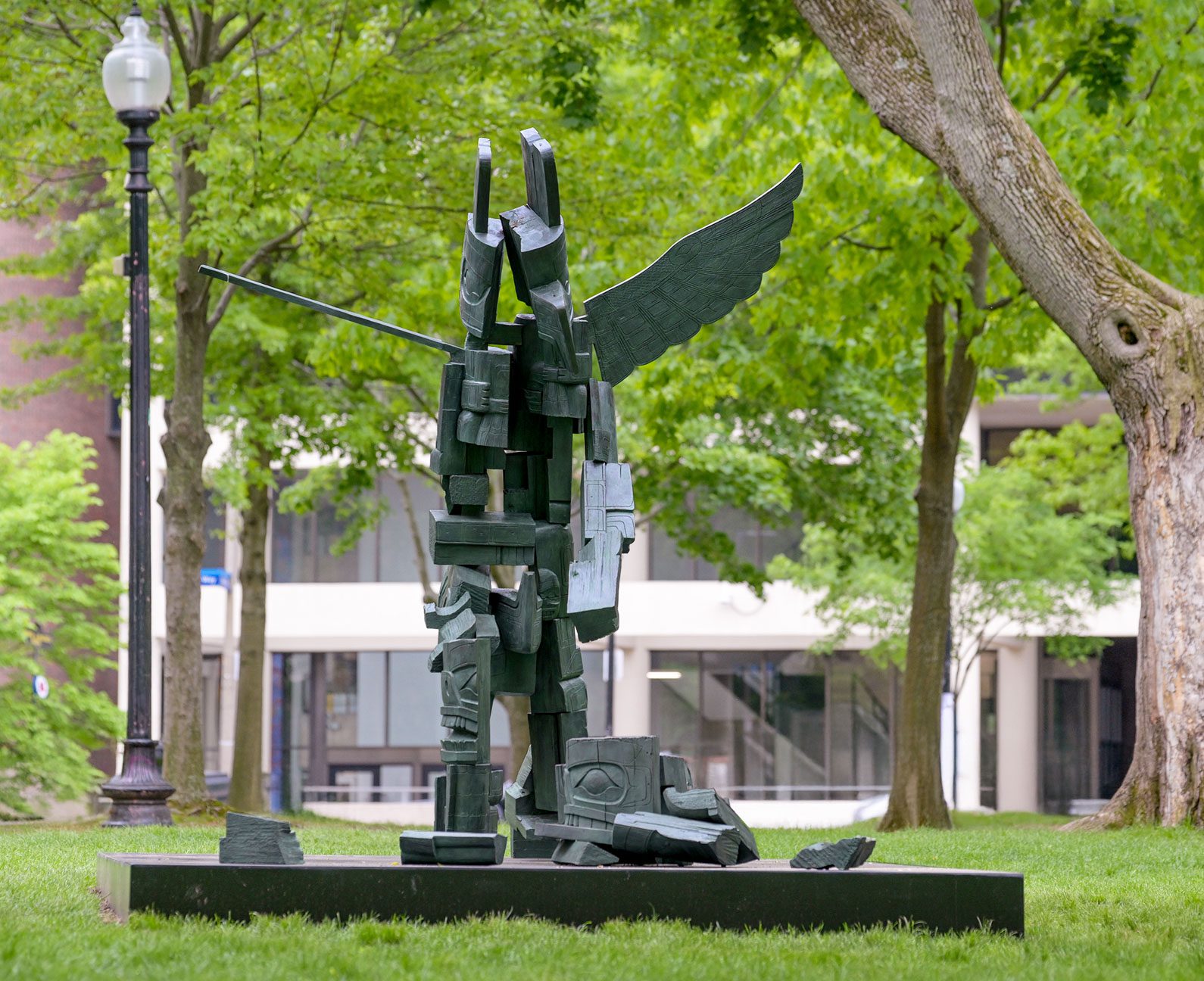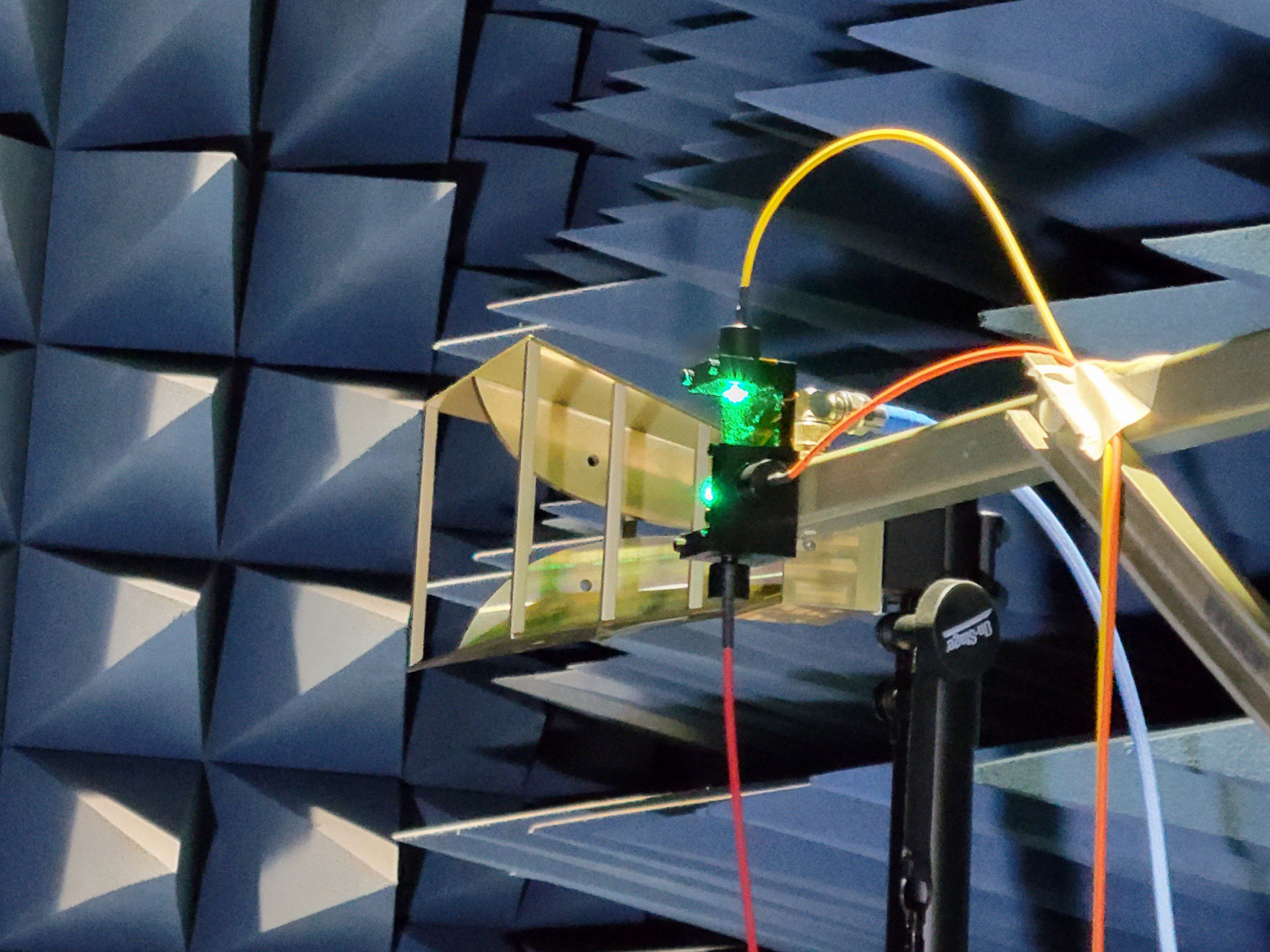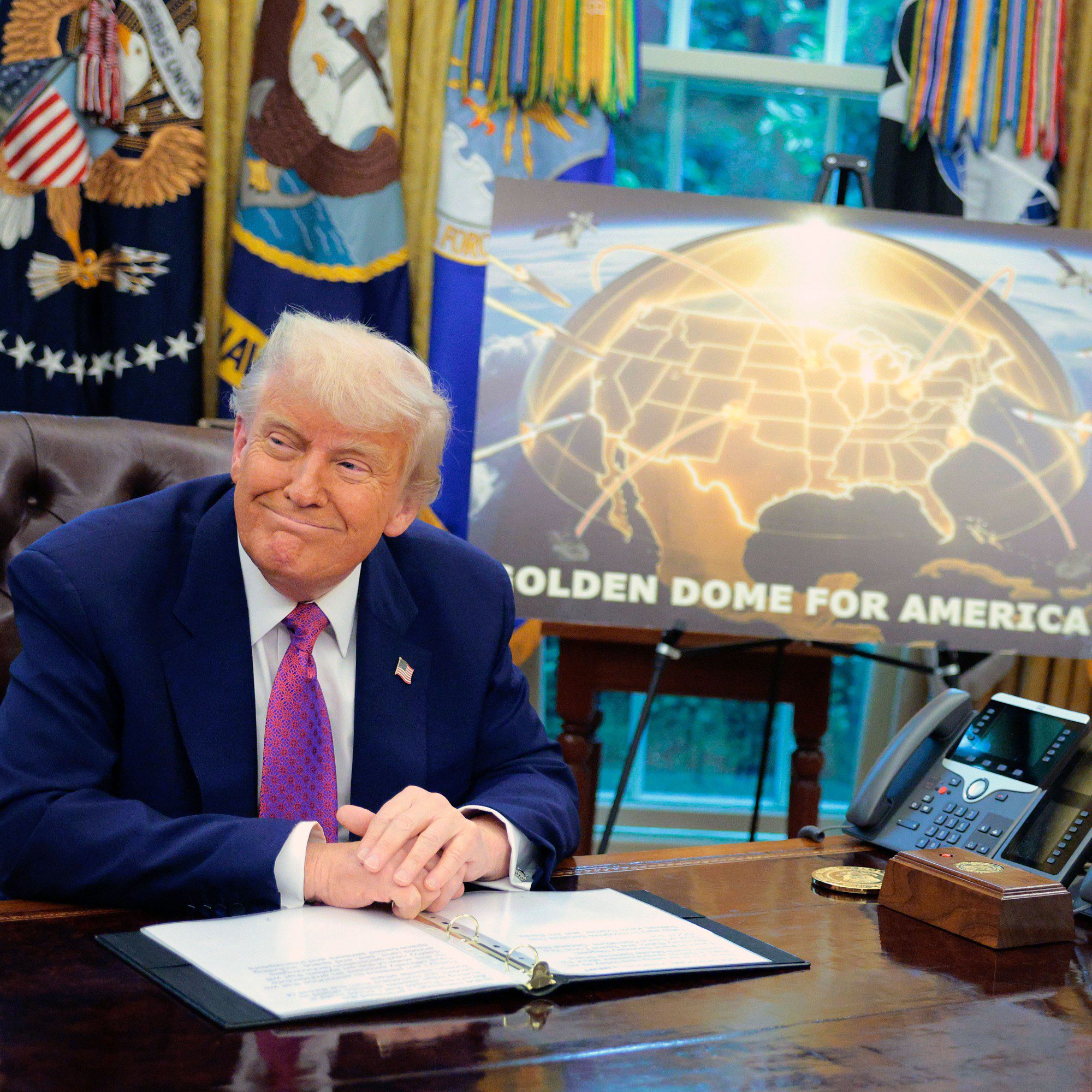One winter afternoon in a conference room in Taipei, a pair of twentysomething women dragged their friend across the floor. Lying on the ground in checkered pants and a brown sweatshirt, she was pretending to be either injured or dead. One friend picked her up by her arms, the other grabbed hold of her legs, and they managed to move her, despite momentarily breaking character to laugh at the awkwardness of the exercise. The three women had paid approximately $40 to spend their Sunday here, undergoing basic training to prepare for a possibility every Taiwanese citizen has an opinion about: Will China invade?
Taiwanese politics increasingly revolves around that question. China’s ruling party has wanted to seize Taiwan for more than half a century. But in recent years, China’s leader, Xi Jinping, has placed greater emphasis on the idea of “taking back” the island (which the Chinese Communist Party, or CCP, has never controlled). As China’s economic and military might has grown, some analysts believe the country now has the capacity to quarantine Taiwan whenever it wants, making the decision a calculation of costs and benefits.
Many in Taiwan and elsewhere think one major deterrent has to do with the island’s critical role in semiconductor manufacturing. Taiwan produces the majority of the world’s semiconductors and more than 90% of the most advanced chips needed for AI applications. Bloomberg Economics estimates that a blockade would cost the global economy, including China, $5 trillion in the first year alone.
“The international community must certainly do everything in its power to avoid a conflict in the Taiwan Strait; there is too great a cost.”
Lai Ching-te, Taiwanese president
The island, which is approximately the size of Maryland, owes its remarkably disproportionate chip dominance to the inventiveness and prowess of one company: Taiwan Semiconductor Manufacturing Company, or TSMC. The chipmaker, which reached a market capitalization of $1 trillion in July, has contributed more than any other to Taiwan’s irreplaceable role in the global semiconductor supply chain. Its clients include Apple and the leading chip designer Nvidia. Its chips are in your iPhone, your laptop, and the data centers that run ChatGPT.
For a company that makes what amounts to an invisible product, TSMC holds a remarkably prominent role in Taiwanese society. I’ve heard people talk about it over background noise in loud bars in the southern city of Tainan and listened to Taipei cab drivers connect Taiwan’s security situation to the company, unprompted. “Taiwan will be okay,” one driver told me as we sped by the national legislature, “because TSMC.”
The idea is that world leaders (particularly the United States)—aware of the island’s critical role in the semiconductor supply chain—would retaliate economically, and perhaps militarily, if China were to attack Taiwan. That, in turn, deters Beijing. “Because TSMC is now the most recognizable company of Taiwan, it has embedded itself in a notion of Taiwan’s sovereignty,” says Rupert Hammond-Chambers, president of the US-Taiwan Business Council.
Now some Taiwan specialists and some of the island’s citizens are worried that this “silicon shield,” if it ever existed, is cracking. Facing pressure from Washington, TSMC is investing heavily in building out manufacturing capacity at its US hub in Arizona. It is also building facilities in Japan and Germany in addition to maintaining a factory in mainland China, where it has been producing less advanced legacy chips since 2016.
In Taiwan, there is a worry that expansion abroad will dilute the company’s power at home, making the US and other countries less inclined to feel Taiwan is worthy of defense. TSMC’s investments in the US have come with no guarantees for Taiwan in return, and high-ranking members of Taiwan’s opposition party have accused the ruling Democratic Progressive Party (DPP) of gambling with the future of the island. It doesn’t help that TSMC’s expansion abroad coincides with what many see as a worrying attitude in the White House. On top of his overarching “America First” philosophy, Donald Trump has declined to comment on the specific question of whether the US would intervene if China attempted to take Taiwan by force. “I don’t want to ever put myself in that position,” he said in February.
At the same time, Beijing’s interest in Taiwan has continued unabated. While China is making progress toward semiconductor self-sufficiency, it’s currently in a transition period, with companies relying on foreign-made chips manufactured in Taiwan—some in compliance with export controls and some smuggled in. Meanwhile, the CCP persistently suggests that seizing the island would bring about a kind of family reunion. “It is the common aspiration and sacred responsibility of all Chinese sons and daughters to realize the complete reunification of the motherland,” reads a statement released by the foreign ministry after Nancy Pelosi’s controversial 2022 visit to Taiwan. Though it’s impossible to know the full scope of Beijing’s motivations, there is also obvious strategic appeal: Controlling the island would give China deep-water access, which is critical for naval routes and submarines. Plus, it could significantly disrupt American AI firms’ access to advanced chips.
While China ramps up militarily, Taiwan is trying to make itself hard to ignore. The government is increasingly portraying the island as strategically essential to the global community, with semiconductors as its primary offering. “The international community must certainly do everything in its power to avoid a conflict in the Taiwan Strait; there is too great a cost,” Taiwanese president Lai Ching-te said in an interview earlier this year with Japan’s Nippon Television. Parts of the international community are hearing that message—and seizing the opportunity it presents: earlier this month, defense tech company Anduril Industries announced it is opening a new office in Taiwan, where it will be expanding partnerships and selling autonomous munitions.
For its part, the chip industry is actively showing its commitment to Taiwan. While other tech CEOs attended Trump’s second inauguration, for instance, Nvidia chief executive Jensen Huang met instead with TSMC’s chairman, and the company announced in May that its overseas headquarters would be in Taipei. In recent years, US government officials have also started paying more attention to Taiwan’s security situation and its interconnectedness with the chip industry. “There was a moment when everybody started waking up to the dependence on TSMC,” says Bonnie Glaser, managing director of the German Marshall Fund’s Indo-Pacific Program. The realization emerged, she says, over the last decade but was underscored in March of 2021, when Phil Davidson, then leader of the United States Indo-Pacific Command, testified to the Senate Armed Services Committee that there could be an invasion by 2027. Parallel to the security threat is the potential issue of overdependence, since so much chipmaking capability is concentrated in Taiwan.
For now, Taiwan is facing a tangle of interests and time frames. China presents its claim to Taiwan as a historical inevitability, albeit one with an uncertain timeline, while the United States’ relationship with the island is focused on an AI-driven future. But from Taiwan’s perspective, the fight for its fate is playing out right now, amid unprecedented geopolitical instability. The next few years will likely determine whether TSMC’s chipmaking dominance is enough to convince the world Taiwan is worth protecting.
Innovation built on interconnectivity
TSMC is an uncontested success story. Its founder, Morris Chang, studied and worked in the United States before he was lured to Taiwan to start a new business on the promise of state support and inexpensive yet qualified labor. Chang founded TSMC in 1987 on the basis of his innovative business model. Rather than design and produce chips in-house, as was the norm, TSMC would act as a foundry: Clients would design the chips, and TSMC would make them.
This focus on manufacturing allowed TSMC to optimize its operations, building up process knowledge and, eventually, outperforming competitors like Intel. It also freed up other businesses to go “fabless,” meaning they could stop maintaining their own semiconductor factories, or fabs, and throw their resources behind other parts of the chipmaking enterprise. Tapping into Taiwan’s domestic electronics supply chain proved effective and efficient for TSMC. Throughout the 1990s and early 2000s, global demand for semiconductors powering personal computers and other devices continued to grow. TSMC thrived.
Then, in 2022, the US imposed export controls on China that restricted its access to advanced chips. Taiwan was forced to either comply, by cutting off Chinese clients, or risk losing the support of the country that was home to 70% of its client base—and, possibly, 100% of its hopes for external military support in the event of an attack.
Soon after, Chang announced that he believed globalization and free markets were “almost dead.” The nearly three years since have shown he was onto something. For one thing, in contrast to President Biden’s pursuit of supply chain integration with democratic allies, President Trump’s foreign policy is characterized by respect for big, undemocratic powers and punitive tariffs against both America’s rivals and its friends. Trump has largely abandoned Biden’s economic diplomacy with European and Asian allies but kept his China-targeted protectionism—and added his trademark transactionalism. In an unprecedented move earlier this month, the administration allowed Nvidia and AMD to sell previously banned chips to China on the condition that the companies pay the government 15% of revenues made from China sales.
Protectionism, it turns out, spurs self-reliance. China’s government has been making a massive effort to build up its domestic chip production capabilities—a goal that was identified at the beginning of Xi’s rise but has been turbocharged in the wake of Washington’s export controls.
Any hope the US has for significantly expanding domestic chip production comes from its friends—TSMC first among them. The semiconductor industry developed as a global endeavor out of practicality, playing to the strengths of each region: design in the US and manufacturing in Asia, with key inputs from Europe central to the process. Yet the US government, entrenched in its “tech war” with China, is now dead set on deglobalizing the chip supply chain, or at least onshoring as much of it as possible. There’s just one hiccup: The best chip manufacturer isn’t American. It’s TSMC. Even if some manufacturing happens in Arizona, the US still relies on Taiwan’s chipmaking ecosystem. And copying that supply chain outside Taiwan could be harder than the current administration imagines.
Squarely in the middle
Taiwan’s modern security uncertainties stem from the long-contested issue of the island’s sovereignty. After losing the first Sino-Japanese War in the late 1800s, the Qing dynasty forfeited Taiwan to Japanese imperial control. It was Japan’s “model colony” until 1945, when postwar negotiations resulted in its transfer to the Republic of China under Chiang Kai-shek of the Nationalist Party, known as the KMT. The insurgent CCP under Mao Zedong ultimately defeated the Nationalists in a civil war fought on the mainland until 1949. Chiang and many of his party’s defeated generals decamped to Taiwan, controlling it under martial law for nearly 40 years.
Taiwan held its first free democratic elections in 1996, kicking off a two-party rivalry between the KMT, which favors closer relations with Beijing, and the DPP, which opposes integration with China. Kitchen-table issues like economic growth are central to Taiwanese elections, but so is the overarching question of how best to handle the threat of invasion, which has persisted for nearly 80 years. The DPP is increasingly calling for raising defense spending and civilian preparedness to make sure Taiwan is ready for the worst, while the KMT supports direct talks with Beijing.
Meanwhile, Chinese military incursions around Taiwan—known as “gray zone” tactics because they fall short of acts of war—are increasingly frequent. In May, Taiwan’s defense ministry reportedly estimated that Chinese warplanes were entering Taiwan’s air defense zone more than 200 times a month, up from fewer than 10 times per month five years ago. China has conducted drills mirroring the actions needed for a full-scale invasion or a blockade, which would cut Taiwan off from the outside world. Chinese military officials are now publicly talking about achieving a blockade, says Lyle Morris, an expert on foreign policy and national security at the Asia Society Policy Institute. “They’re punishing Lai and the DPP,” Morris says. Meanwhile, the CCP has its own people to answer to: When it comes to the Taiwan issue, Morris says, “Beijing is probably quite worried about the people of China being upset if they aren’t hawkish enough or if they come out looking weak.” Indeed, in response to Lai’s recent policy statements, including one declaring that China is a “hostile foreign force,” Gao Zhikai, a prominent scholar in China who opposes Taiwanese independence, recently wrote, “The reunification with the motherland cannot be endlessly delayed. Decisive action must be taken.”
Intimidation from China has made some ordinary Taiwanese citizens more concerned; according to a recent poll conducted by a defense-focused think tank, 51% think defense spending should be increased (although 65% of respondents said they thought an attack within five years was “unlikely”). No matter how much money Taipei spends, the sheer military imbalance between China and Taiwan means Taiwan would need help. But especially in the wake of Ukraine’s experience, many believe US aid would be contingent on whether Taiwan demonstrates the will to defend itself. “Based on war games, Taiwan would have to hold out for a month before the US could potentially intervene,” says Iris Shaw, director of the DPP mission in the US. And support from Taiwan’s neighbors like Japan might be contingent on US involvement.
But how likely is the US to intervene in such a scenario? The author Craig Addison popularized the argument that Taiwan’s fate is tied to its chip production prowess in his 2001 book Silicon Shield: Taiwan’s Protection Against Chinese Attack. Back then, Addison wrote that although the US had been intentionally vague about whether it would go to war to protect the island, America’s technological reliance on “a safe and productive Taiwan” made it highly probable that Washington would intervene. President Joe Biden deviated from those decades of calculated ambiguity by asserting multiple times that America would defend the island in the event of an attack. Yet now, Trump seems to have taken the opposite position, possibly presenting an opportunity for Beijing.
TSMC in the Trump era
In many ways, Taiwan finds itself in a catch-22. It feels the need to cozy up to the US for protection, yet that defensive maneuver is arguably risky in itself. It’s a common belief in Taiwan that forging stronger ties to the US could be dangerous. According to a public opinion poll released in January, 34.7% of Taiwanese believe that a “pro-US” policy provokes China and will cause a war.
But the Lai administration’s foreign policy is “inexorably intertwined with the notion that a strong relationship with the US is essential,” says Hammond-Chambers.
Bolstering US support may not be the only reason TSMC is building fabs outside Taiwan. As the company readily points out, the majority of its customers are American. TSMC is also responding to its home base’s increasingly apparent land and energy limitations: finding land to build new fabs sometimes causes rifts with Taiwanese people who, for example, don’t want their temples and ancestral burial sites repurposed as science parks. Taiwan also relies on imports to meet more than 95% of its energy needs, and the dominant DPP has pledged to phase out nuclear, Taiwan’s most viable yet most hotly contested renewable energy source. Geopolitical tensions compound these physical restraints: Even if TSMC would never say as much, it’s fairly likely that if China did attack Taiwan, the firm would rather remain operational in other countries than be wiped out completely.
However, building out TSMC’s manufacturing capabilities outside Taiwan will not be easy. “The ecosystem they created is truly unique. It’s a function of the talent pipeline, the culture, and laws in Taiwan; you can’t easily replicate it anywhere,” says Glaser. TSMC has 2,500 Taiwan-based suppliers. Plenty are within a couple of hours’ drive or an even shorter trip on high-speed rail. Taiwan has built a fully operational chip cluster, the product of four decades of innovation, industrial policy, and labor.
In many ways, Taiwan finds itself in a catch-22. It feels the need to cozy up to the US for protection, yet that defensive maneuver is arguably risky in itself.
As a result, it’s unclear whether TSMC will be able to copy its model and paste it into the suburbs of Phoenix, where it has 3,000 employees working on chip manufacturing. “Putting aside the geopolitical factor, they wouldn’t have expanded abroad,” says Feifei Hung, a researcher at the Asia Society. Rather than standalone facilities, the Arizona fabs are “appendages of TSMC that happen to be in Arizona,” says Paul Triolo, partner and tech policy lead at the international consulting firm DGA-Albright Stonebridge Group. When the full complex is operational, it will represent only a small percentage of TSMC’s overall capacity, most of which will remain in Taiwan. Triolo doubts the US buildout will yield results similar to what TSMC has built there: “Arizona ain’t that yet, and never will be.”
Still, the second Trump administration has placed even more pressure on the company to “friendshore”—without providing any discernible signs of friendship. During this spring’s tariff frenzy, the administration threatened to hit Taiwan with a 32% “reciprocal” tariff, a move that was then paused and revived at 20% in late July (and was still being negotiated as of press time). The administration has also announced a 100% tariff on semiconductor imports, with the caveat that companies with US-based production, like TSMC, are exempt—though it’s unclear whether imports from critical suppliers in Taiwan will be tariffed. And the threat of a chip-specific tariff remains. “This is in line with [Trump’s] rhetoric of restoring manufacturing in the US and using tariffs as a one size fits all tool to force it,” says Nancy Wei, a trade and supply chain analyst at the Eurasia Group. The US is also apparently considering levying a $1 billion fine against TSMC after TSMC-made chips were reportedly found in some Huawei devices.
Despite these kinds of maneuvers, TSMC has been steadfast in its attempts to get on Washington’s good side. In March, Trump and TSMC’s CEO, C.C. Wei, jointly announced that the firm will make an additional $100 billion investment (on top of a previously announced $65 billion) in TSMC’s US hub in Arizona. The pledge represents the largest single source of foreign direct investment into the US, ever. While the deal was negotiated during Biden’s term, Trump was happy to take credit for ensuring that “the most powerful AI chips will be made right here in America.”
The Arizona buildout will also include an R&D facility—a critical element for tech transfer and intellectual-property development. Then there’s the very juicy cherry on top: TSMC announced in April that once all six new fabs are operational, 30% of its most advanced chips will be produced in Arizona. Up until then, the thinking was that US-based production would remain a generation or two behind. It looks as if the administration’s public and, presumably, private arm-twisting has paid off.
Meanwhile, as Trump cuts government programs and subsidies while demanding the “return” of manufacturing to the US, it’s TSMC that is running a technician apprenticeship program in Arizona to create good American jobs. TSMC’s leaders, Triolo says, must question how serious the Trump administration is about long-term industrial policy. They’re probably asking themselves, he says, “Do they understand what it takes to support the semiconductor industry, like our government does?”
Dealing with an administration that is so explicitly “America first” represents “one of the biggest challenges in history for Taiwanese companies,” says Thung-Hong Lin, a sociology researcher at the Taipei-based Academia Sinica. Semiconductor manufacturing relies on reliability. Trump has so far offered TSMC no additional incentives supporting its US expansion—and started a trade war that has directly affected the semiconductor industry, partly by introducing irrevocable uncertainty. “Trump’s tariffs have set off a new, more intensified bifurcation of semiconductor supply chains,” says Chris Miller, author of Chip War. For now, Miller says, TSMC must navigate a world in which the US and China are both intense competitors and, despite trade restrictions, important clients.
Warring narratives
China has been taking advantage of these changes to wage a war of disinformation. In response to Nancy Pelosi’s visit to Taiwan in 2022, when she was US Speaker of the House, Beijing sent warships, aircraft, and propaganda across the Taiwan Strait. Hackers using Chinese software infiltrated the display screens in Taiwan’s 7-Eleven stores to display messages telling “warmonger Pelosi” to “get out of Taiwan.” That might not be an act of war, but it’s close; “7” is an institution of daily life on the island. It is not difficult to imagine how a similar tactic might be used to spread more devastating disinformation, falsely alleging, for example, that Taiwan’s military has surrendered to China during a future crisis.
Taiwan is “perpetually on the front lines” of cyberattacks from China, says Francesca Chen, a cybersecurity systems analyst at Taiwan’s Ministry of Digital Affairs. According to Taiwan’s National Security Bureau, instances of propaganda traceable to China grew by 60% in 2024 over the previous year, reaching 2.16 million.
Over the last few years, online discussion of TSMC’s investments in the US “has become a focal point” of China’s state-sponsored disinformation campaigns aimed at Taiwan, Chen says. They claim TSMC is transferring its most advanced technology, talent, and resources to the US, “weakening Taiwan’s economic lifeline and critical position in global supply chains.” Key terms include “hollowing out Taiwan” and “de-Taiwanization.” This framing depicts TSMC’s diversification as a symbol of Taiwan’s vulnerability, Chen says. The idea is to exploit real domestic debates in Taiwan to generate heightened levels of internal division, weakening social cohesion and undermining trust in the government.
Chinese officials haven’t been shy about echoing these messages out in the open: After the most recent US investment announcement in March, a spokesperson from China’s Taiwan Affairs Council accused Taiwan’s DPP of handing over TSMC as a “gift” to the US. (“TSMC turning into USMC?” asked a state media headline.) Former Taiwanese president Ma Ying-jeou posted an eerily similar criticism, alleging that TSMC’s US expansion amounted to “selling” the chipmaker in exchange for protection.
TSMC’s expansion abroad could become a major issue in Taiwan’s 2028 presidential election. It plays directly into party politics: The KMT can accuse the DPP of sacrificing Taiwan’s technology assets to placate the US, and the DPP can accuse the KMT of cozying up with China, even as Beijing’s military incursions become a more evident part of daily life. It remains to be seen whether TSMC’s shift to the US will ultimately protect or weaken Taiwan—or have no effect on the island’s security and sovereignty. For now at least, China’s aspirations loom large.
To Beijing, unequivocally, Taiwan does not equal TSMC. Instead, it represents the final, unfulfilled stage of the Communist Party’s revolutionary struggle. Framed that way, China’s resolve to take the island could very well be nonnegotiable. That would mean if Taiwan is going to maintain a shield that protects it from the full weight of China’s political orthodoxy, it may need to be made of something much stronger than silicon.
Johanna M. Costigan is a writer and editor focused on technology and geopolitics in the US, China, and Taiwan. She writes the newsletter The Long Game.











